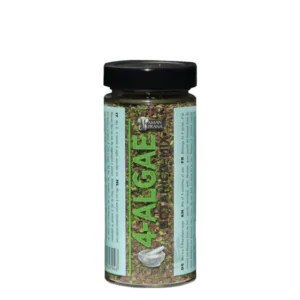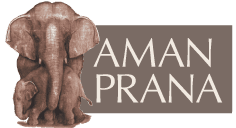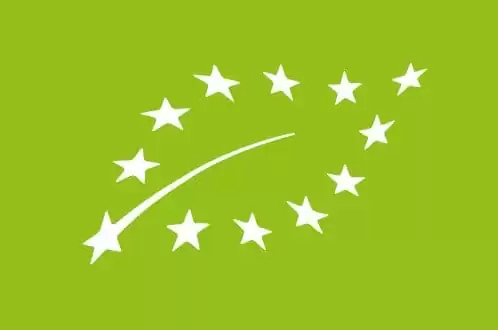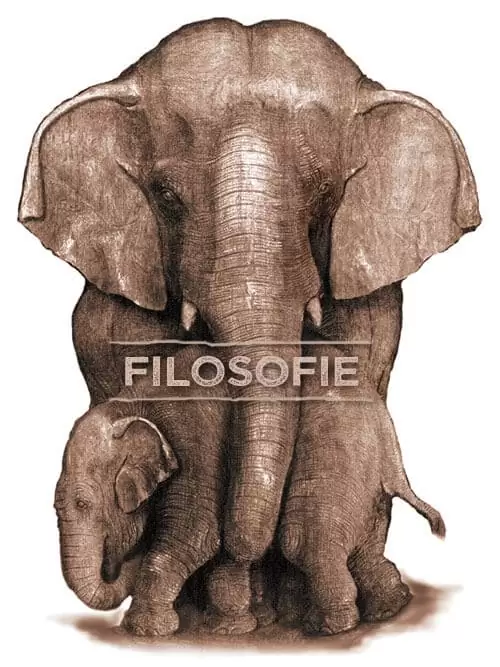Seaweed and algae
What are algae?
Algae are unicellular or multicellular organisms and can take relatively complicated forms such as seaweed. Algae do not have leaves, roots, flowers or other organic structures that characterise more complex plants.
What is common to algae species is that, like plants, they derive their energy from sunlight while simultaneously producing oxygen.
There are two types of algae, namely macroalgae and microalgae.
What are macroalgae?
Macroalgae are relatively larger, multicellular algae (such as seaweed) that are visible to the naked eye. They have a stem-like structure with a holdfast that attaches itself to a substrate. They can be found in seawater and brackish water (where fresh meets salt water).
What are microalgae?
Microalgae are the plant part (phytoplankton) of plankton. Plankton is the collective name for all organisms drifting freely in the water and consists of the plant component as well as the animal component, zooplankton, which feeds on phytoplankton.
Microalgae are very small and are visible with the aid of a microscope. With their photosynthesis, microalgae are responsible for life on earth: they produce about half of the oxygen present in the atmosphere and simultaneously consume a lot of carbon dioxide to grow photoautotrophic. Life in the oceans, seas and lakes depends on microalgae as they are the first link in the food chain.
What is the difference between algae and seaweed?
The terms seaweed and algae are used interchangeably. Microalgae are related to macroalgae, but they are quite a different species. Is seaweed edible? There are about 500 edible species of seaweed, classified into brown algae, red algae and green algae. Well-known seaweeds include: nori, sea lettuce, dulse, kombu, Hijiki.
What is the nutritional value of seaweed?
Seaweed is a great source of protein and iron. They also contain iodine, calcium, phosphorus, magnesium, sodium, potassium and vitamin B.
Can seaweed serve as a meat substitute?
Seaweed and algae can be excellent vegetarian alternatives to meat. Like meat, they contain protein, iron and vitamin B1. Moreover, seaweed cultivation barely impacts the environment, in contrast to livestock farming. The cultivation requires hardly any soil, fresh water or fossil fuel.
What are the four types of seaweeds used in the Amanprana 4-Algae herb mix?
Amanprana’s 4-algea herb mix has been specially developed so it is easier than ever to add seaweed to your dishes. This organic seaweed mix includes kombu (brown algae), sea lettuce (green algae), dulse and nori (red algae) and is enriched with Fleur de sel. A perfect substitute for salt and pepper.
What is nori?
Nori is a red algae. It contains a lot of protein and vitamins and is used chiefly in Japanese cuisine. Nori look like thin, broad and frayed ‘leaves’ with a length of 5 to 45 cm.
You can find this seaweed growing on rocks on the coasts of Japan, the Philippines, Hawaii, Europe and the U.S.A. The seaweed is harvested in early spring. The nori ‘leaves’ are carefully picked to allow new growth. After picking, the nori ‘leaves’ are rinsed and dried.
What is sea lettuce?
Sea lettuce is a seaweed of the green algae family and has high levels of protein, iron and calcium, is low in fat, high in fibre and contains manganese, potassium, silicic acid and vitamins A, B and C.
This type of seaweed varies in shape and size, but it has a firm, wavy, dark green ‘leaf’. The ‘leaf’ is attached to the substrate with a short stem. Sea lettuce is a bit reminiscent of leaf lettuce. Sea lettuce can be found in all seas, in the transition zone between the coast and the open sea. The algae can be grown on rocky surfaces and harvested up to twice a year. It grows well in nutrient-rich water and even in polluted water.
What is dulse?
Dulse is a red algae and a great source of minerals and vitamins, with a high protein content. It also contains iodine. Dulse seaweed has a short stem and ‘leaves’ with fern-like edges, which makes it look like a waving hand. You can find it growing along the northern coasts of the Atlantic and Pacific Oceans.
What is kombu?
Kombu is a seaweed that belongs to the brown algae family and is rich in iodine, calcium, potassium, magnesium, iron, sodium, chromium, protein, mannitol, phosphorus, alginate, fucoidan, laminarin, carotene, germanium, phytohormones, and vitamins A, C, D, E, K and B complex. It is a source of dietary fibre. Kombu grows on the east and west coasts of the United States and along half-open and rocky coasts in Europe and Japan, in low tide and the sublittoral zone.
4-Algae
A mix of high-mineral seaweeds in the organic herb mix Botanico 4-Algae
4-Algae
 Read more about 4-Algae
Read more about 4-Algae



